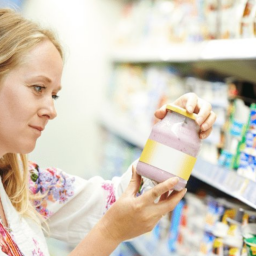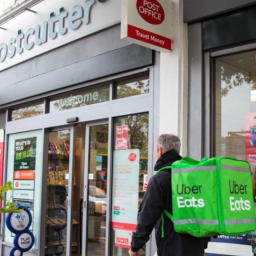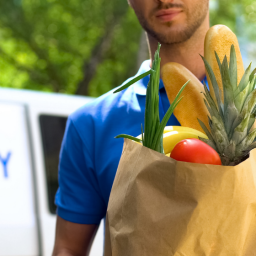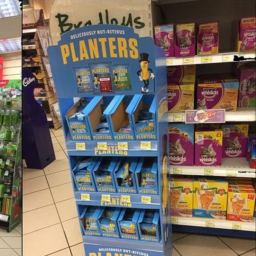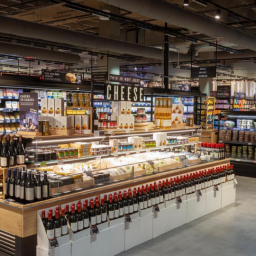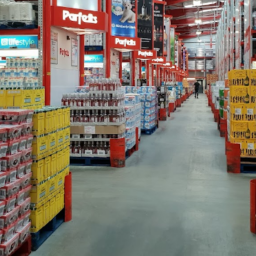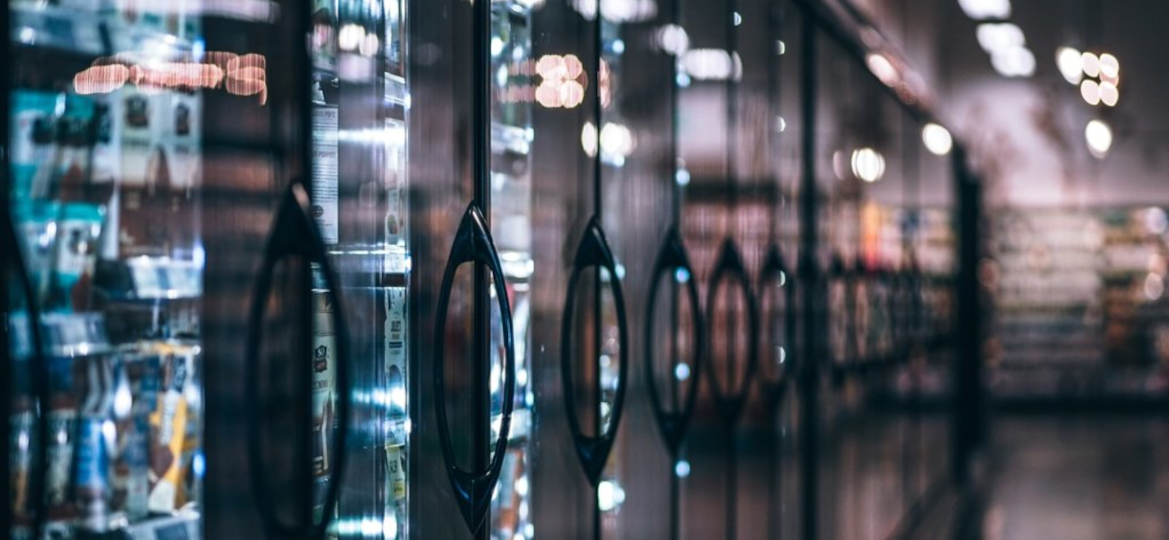
Trends
Here are four of the key trends dominating the convenience sector in 2019 and beyond:
The war on plastic
Plastic pollution is not a new subject but remains a trend that cannot be ignored. In fact, it has the potential to have the largest impact on retailers and suppliers that has been seen in decades., especially as shoppers have become more aware and vocal about what they expect to see in their local convenience stores.
81% of convenience shoppers believe that it is important to reduce the use of non-recyclable plastics, as they have a negative impact on the environment. UK consumers are taking action, with 70% trying to reduce single-use plastic such as cling film and plastic straws. (Lumina Intelligence Omnichannel Tracker August 2018).
Shoppers who care about plastic waste are more likely to be high-value convenience shoppers. Shoppers who avoid buying food products with a lot of plastic packaging are more likely to spend more in retail (consumers who agreed with this statement were +10% more likely to spend over £40 on their last visit to a retailer).
There is an expectation from shoppers that action is taken. As shoppers work towards eliminating their plastic footprint, they will be driven to stores that allow them to buy the products they desire with minimal plastic packaging.
The health agenda
Health is a megatrend currently gripping the FMCG industry. Although not a new trend, this subject is constantly evolving. Consumers are more mindful of their health than ever and are making healthier food choices. The Healthier Eating Report 2019 indicates that 73% of consumers do at least 1-2 hours of exercise a week, 47% of consumers are trying to reduce their fat intake and 30% are looking to cut down on sugar.
Adapting to the key shopper trends surrounding health is key to maximising growth for grocery retailers. The threat from foodservice operators is real, but retailers are in a great starting position to capitalise on the opportunity that health offers.
UK consumers believe supermarkets have the best range of healthier options. There is 67% net agreement that there are satisfactory healthier eating options in supermarkets, over three times higher than branded pubs and restaurants and over 5 times the satisfaction levels of convenience stores.
Let’s not forget that health food is big business, and shoppers are generally willing to spend more on healthy food than unhealthy food. For example, healthy snack shoppers are willing to spend +28% more on a snack compared to the average shopper – Healthy Snacking Report 2018).
The increased relevance of brands
The UK Convenience Market Report 2019 indicates that, in 2019, 82% of baskets contained no own-label products. This means that in 2019, 18% of shoppers bought an own-label product, down from 22% last year.
Brands are more important than ever in Convenience, with 55% of convenience shoppers stating that they like buying branded grocery products, rather than own label. A greater desire for quality of products is a catalyst for this, as brands step in as the custodians of quality and give shoppers the reassurance of value and consistency.
Conitinuing disengagement with younger shoppers
Despite young consumers being considered “shoppers of the future”, the convenience sector is failing to meet their needs. The proportion of shoppers that are under the age of 34 has fallen 2pp year-on-year, with younger shoppers under indexing in the convenience channel. Over the past couple of years, the share of c-store shoppers aged 16-34 has fallen significantly from almost a third, to now under 3 in 10.
According to Blonnie Whist, Head of Insight at Lumina Intelligence, “younger shoppers behave differently to older generations. Retailers need to adapt their approach to cater to both”.
One way in which convenience stores could do this is by offering more food to go options. 18-24’s are +46% more likely to buy a Meal Deal compared to CTP average . They are also more likely to have a food to go mission in mind when entering a convenience store. Perhaps by implementing more of these options in convenience stores, engagement of younger shoppers will grow.
To understand consumers and what they are looking for in convenience stores, following the constantly changing trends is critical.
Younger shoppers behave differently to older generations. Retailers need to adapt their approach to cater to both.
There is a growing focus on keeping healthy and keeping aware about environmental issues and these evolving matters are ones which are now arising for convenience stores, with shoppers wanting less plastic and healthier options to match those of big supermarkets. Furthermore, branded products are becoming increasingly popular while the presence of young people in c-stores is declining. Retailers should act upon learning this information to ensure that they are constantly aiming to meet shopper needs and tapping into existing opportunities.




